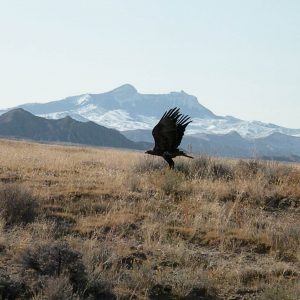Yesterday I attended the Utah Bat Conservation Cooperative meeting near Provo, UT. While I was there, it was fascinating to see how a group of public and private organizations worked together to describe issues with bat conservation, present on their current research and surveys, and outline a plan for continued management. During the long drive to the conference, my mentor told me about her passion for working for the BLM, her belief in multiple-use of landscapes, and her understanding that things aren’t always black and white—wildlife can be just as damaging as a herd of cattle.
At the end of my internship, these are only some of the things that I’ve come to recognize while working for this federal agency. Managing the public lands in the western states is an enormous job, and the people who are a part of that effort make up a vast network of beliefs, perhaps not always as passionate as my mentor’s or even aligned with her own. Somehow, this complex assembly of beliefs becomes manifested in individual projects, carried out in the field by people like me, and fits together into an increasingly more coherent picture as we look from project, to field office, to district, state, and eventually the nation. The fact that work conducted on the ground can bridge the gap to the seemingly distant and detached goals of the BLM as a whole is unbelievable. More than that, it is incredible that I have been a part of this system and that I’ve met some of the admirable people who, even at our lonely outpost in this small piece of the big picture, believe wholly in their significance in the grand scheme.
This opportunity has opened my eyes to the significance of land conservation efforts. I was given the chance to explore places that are completely foreign to me, see new wildlife, and assist in a variety of projects that gave me a wealth of unforgettable experiences. At times this seemed like a job that was too enjoyable to accomplish anything meaningful. At other times I would zoom out on a map to see how small my field office was in comparison to the entirety of the western states and the task of protecting all of this land seemed daunting. Admittedly, government work can appear sluggish, held back by its demand for extensive procedure, systematics, and red tape. But what I’ve learned is that it is sustained by individuals on the ground, scattered over the vastness of these public lands, who care deeply for the public land and its perpetuity. This is a comforting thought, and I cannot express my full appreciation for getting a chance to take part in the effort.


















